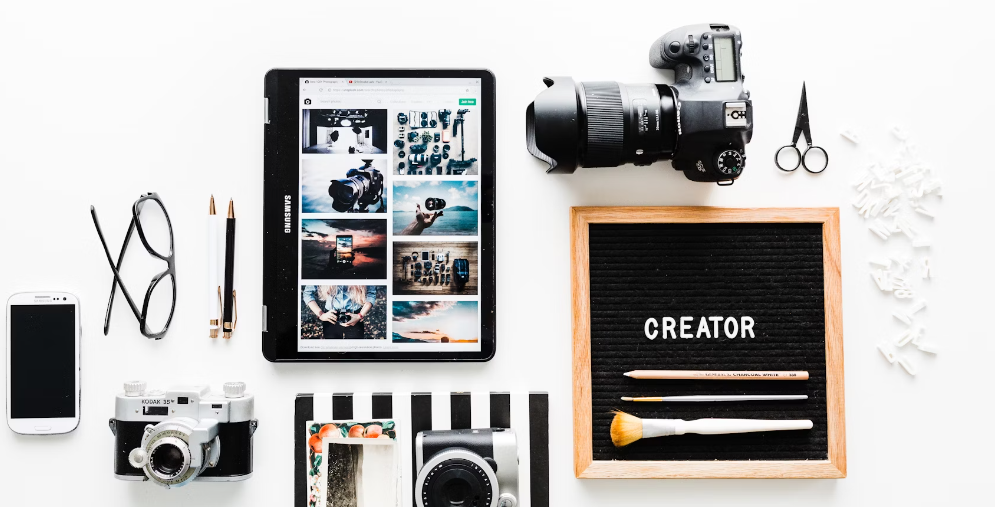In the crowded world of influencer marketing, picking the right creator can feel overwhelming. You’re scrolling through hundreds of profiles, looking at stunning content, high follower counts, and polished bios. Here’s the truth: not all influencers are created equal. Some drive real results. Others just look good doing it.
If you want your brand to win online, you need more than pretty feeds. You need creators who match your audience, goals, and values. To find these creators, you need to know exactly how to compare influencers.
Learn how to compare influencers effectively and choose the ideal partner for your next campaign with this comprehensive, practical guide.
Why You Should Never Choose Based on Follower Count Alone
It’s tempting to go straight for the biggest number.
“She has 200K followers—perfect!” But wait. Is that audience relevant? Are they engaged? Do they trust her recommendations? Most importantly, does her content speak to your ideal customer?
Follower count gives you reach, but if no one cares about what she’s saying, then it’s empty reach. Therefore, always look deeper. Real influence is more than numbers—it’s about connection, credibility, and conversion.
Start With Your Campaign Goals
Before comparing influencers, get clear on what you want to achieve. Do you want brand awareness? Sales? Website traffic? Content for ads? Your goal determines the kind of influencer you need. For instance, micro-influencers may drive better engagement and conversion. Macro-influencers often offer reach and visibility. Additionally, campaign goals shape what metrics you’ll prioritize—whether it’s impressions, clicks, or user-generated content.
Engagement Rate: The Heartbeat of Real Influence
An influencer with 10,000 followers and a 6% engagement rate will likely outperform someone with 100,000 followers and a 0.5% rate.
Engagement rate tells you if people care. It reflects how well their audience connects with their content.
How to calculate it:
(Total Likes + Comments) ÷ Total Followers × 100

Nevertheless, don’t stop at numbers. Read the comments. Are people genuinely interacting? Or are they just dropping emojis? Bots don’t buy products, but real fans do.
Look at Content Quality and Consistency
Good content does more than look nice. It tells a story, reflects authenticity, and aligns with the creator’s niche.
When comparing influencers, ask:
- Do they create content relevant to your industry?
- Is their style polished but personal?
- Do they post consistently?
In addition, check if they’ve worked with similar brands. That experience often leads to smoother collaborations.
Also, avoid influencers who post ads back-to-back. Their audience may already have ad fatigue, and your post might get ignored.
Audience Demographics: Who’s Actually Watching?
Let’s say you sell skincare for women aged 25–40 in Lagos. The influencer may live in Lagos, but if 60% of her audience is 18-year-old males from overseas, your campaign might flop. Therefore, always review audience data. Key things to check include:
- Age range
- Gender split
- Top countries and cities
- Interests and behaviors
Platforms like Aktivate make this easy. You get verified analytics so you’re not flying blind.
Platform Fit: Are They Strong Where You Need Them?
Some influencers shine on TikTok. Others crush it on Instagram or LinkedIn. Don’t assume success on one platform equals success on another. Each has its own language, style, and algorithm.
Therefore, choose based on where your audience hangs out and where the influencer has actual pull. If your product is visual, Instagram or TikTok might work best. For B2B or professional services, LinkedIn could be your goldmine.
Past Campaign Performance: Did They Deliver Results?
Not all collaborations go viral, and that’s okay. However, strong influencers can usually show what they achieved with past brands.
Ask questions like:
- Did their audience take action?
- What kind of feedback did they get?
- How did they measure success?
If they can’t provide performance insights or case studies, proceed with caution. Besides that, ask for screenshots or campaign highlights. Great influencers love sharing results.
Brand Alignment: Are Your Values in Sync?
This part is often overlooked, but it matters deeply.
Influencers are extensions of your brand. If they act out, your reputation takes the hit. Check their tone, their advocacy, and their partnerships. Have they promoted controversial products? Do they align with your brand’s ethics? Most importantly, will their community trust them when they talk about you? If it doesn’t feel like a natural fit, it probably isn’t.

Compare Using a Centralized Tool
You can scroll manually through social media profiles all day. Or you can simplify the entire process.
Aktivate allows you to compare influencers side by side—engagement rates, demographics, content style, platform strengths, and more. This saves you time and gives you data you can trust. Besides that, you get access to African creators across different niches, so you can find someone who truly fits your brand.
Final Thoughts: Choose Smart, Not Popular
Picking an influencer isn’t about choosing who’s famous. It’s about who can drive results for your business. Hence, you shouldn’t get distracted by big numbers or shiny content. Look deeper, use data, and ask questions.
When you compare influencers the right way, you’ll build smarter partnerships and campaigns.
Ready to find the perfect influencer for your brand?
Join Aktivate today and discover verified African influencers who align with your goals and values.
Our platform helps you compare, connect, and collaborate with ease—no guesswork, no wasted spend.
Book a demo session with Aktivate today and start building influencer campaigns that work.




